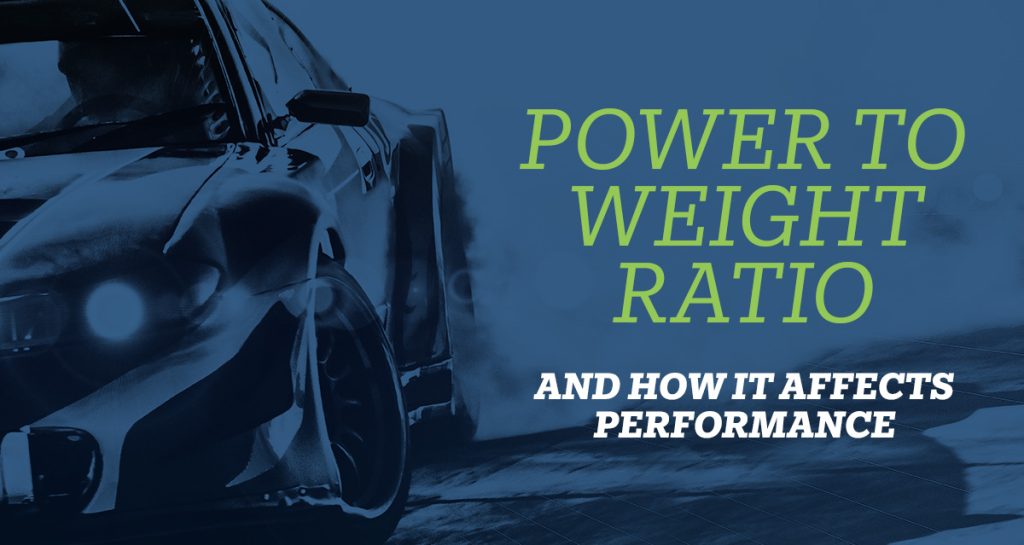The simplest way to describe how a car’s power to weight ratio affects performance could be summed up in one sentence. The heavier the load, the more power it takes to move it. Ok, that might be over-simplifying it, but you get the picture. But since power to weight ratio is such a (no pun intended,) driving force for so many performance thirsty gearheads when it comes to choosing a car, we thought we’d dig a little deeper into the subject.
Calculating Power to Weight Ratio
If you’re actually one of those performance thirsty gearheads, you likely already know this. But a car’s power to weight ratio is the amount of power a vehicle has relative to its weight. Translation – divide the horsepower of the engine by the weight of the car and that’s your power to weight ratio. For example – the Dodge Viper has a 450 hp engine to accelerate 3,320 lbs. of weight, making its power to weight ratio – .135 hp per 10 lbs.
When Performance Matters
What does that really mean? Well, for starters, it means it can go from 0 – 60 mph in 4.1 seconds. Not too shabby, right? Especially when you compare it to your mom’s Ford Escort. With a 110 hp engine at 2,470 lbs. and a power to weight ratio of .045 per 10 lbs., mom’s car takes 10.9 seconds to do the same.
Does that mean the car with the most massive weight and most powerful engine will perform better? It depends on how you define “performance.” If you’re truly a performance driven car fanatic, you probably understand that speed and acceleration matter – a lot. More horsepower = more speed. We got it. But how a car handles in different road conditions is pretty important if you’re talking overall performance. A tank with a power to weight ratio equal to that of the Dodge Viper mentioned above, is not likely to take corners as smoothly. And talk about wear and tear on brakes, tires (or in this case, tracks) and other vehicle components. But in terms of sheer acceleration ability and speed – the higher your power to weight ratio, the better. That means the ideal performance car is lighter in curb weight but jacked to the hilt in horsepower. Check out the top 10 beastie cars across the globe with the best power to weight ratios out there.
- Fahlke Larea GT1 S12 – 0.58 hp/pound (0-60 mph in 0 seconds)
- Hennessey Venom F5 – 0.55 hp/pound (0-186 mph in less than 10 seconds)
- T1 – 0.50 hp/pound (60 mph in 5 seconds)
- Ultima Evolution – 0.49 hp/pound (0-60 mph in 3 seconds)
- Ruf 9ff GT9 Vmax – 0.47 hp/pound (0-60 mph in 0 seconds)
- Saleen S7 LM – 0.46 hp/pound (0-60 mph in 3.3 seconds)
- Koenigsegg One:1 – 0.45 hp/pound (0-250 mph in 20 seconds)
- Ariel Atom 500 – 0.41 hp/pound (0-60 mph in 3 seconds)
- Lotec Sirius – 0.40 hp/pound (0-60 mph in 6 seconds)
- Ferrari LaFerrari – 0.34 hp/pound (0-60 mph in 7 seconds)
Most of the cars that made the list come at a steep price tag but if you’re talking dream cars for power to weight ratio, why not dream big? And if your dreams are all about horsepower beneath the hood, maybe you should consider a career in automotive technology. You can start by checking out J-Tech Institute. With programs in both Automotive and Diesel Technology, J-Tech is helping drive the future of the automotive industry forward. Contact us today to learn more or to schedule a campus tour of our 168,000 square foot training facility in Jacksonville, FL.
